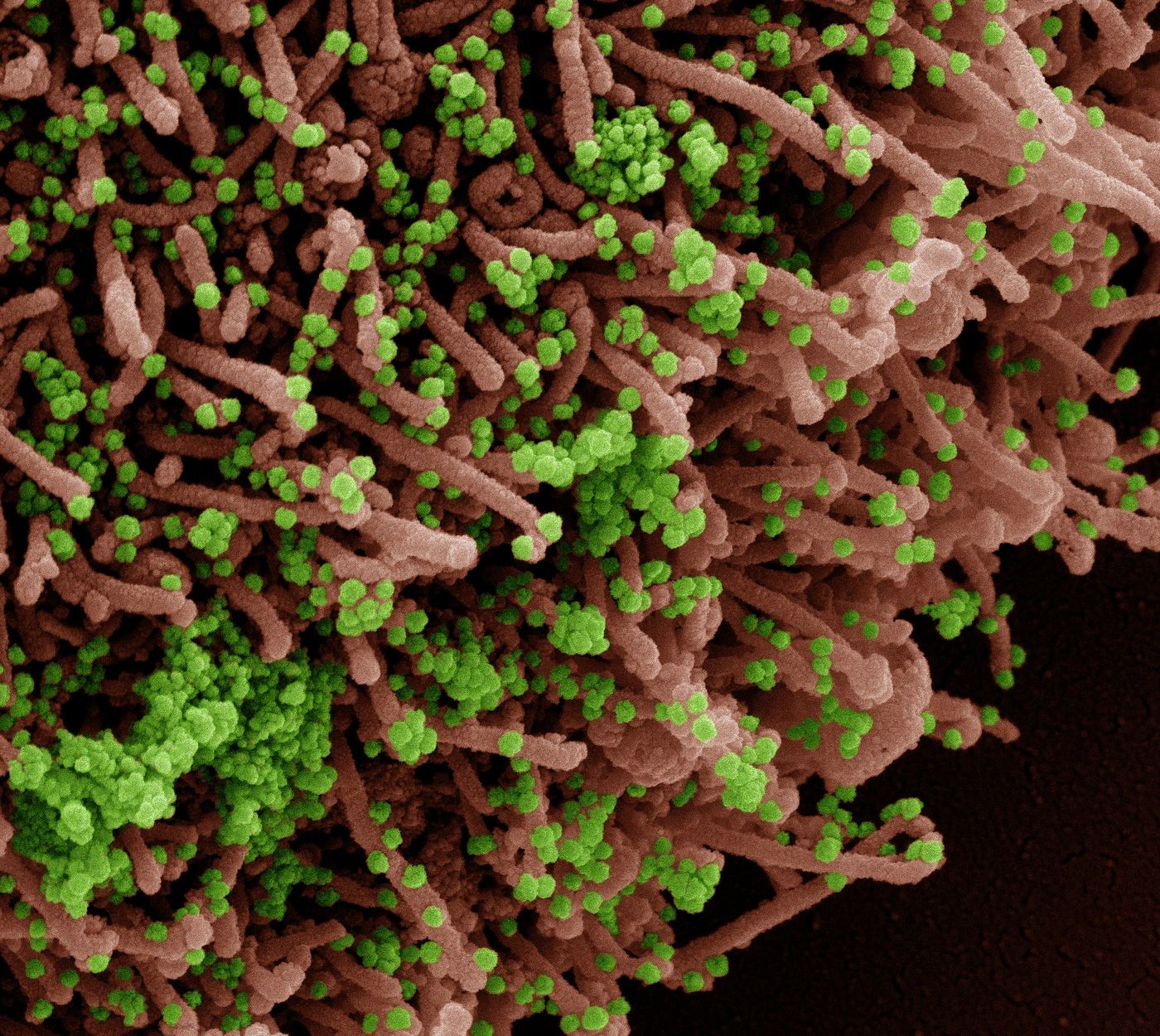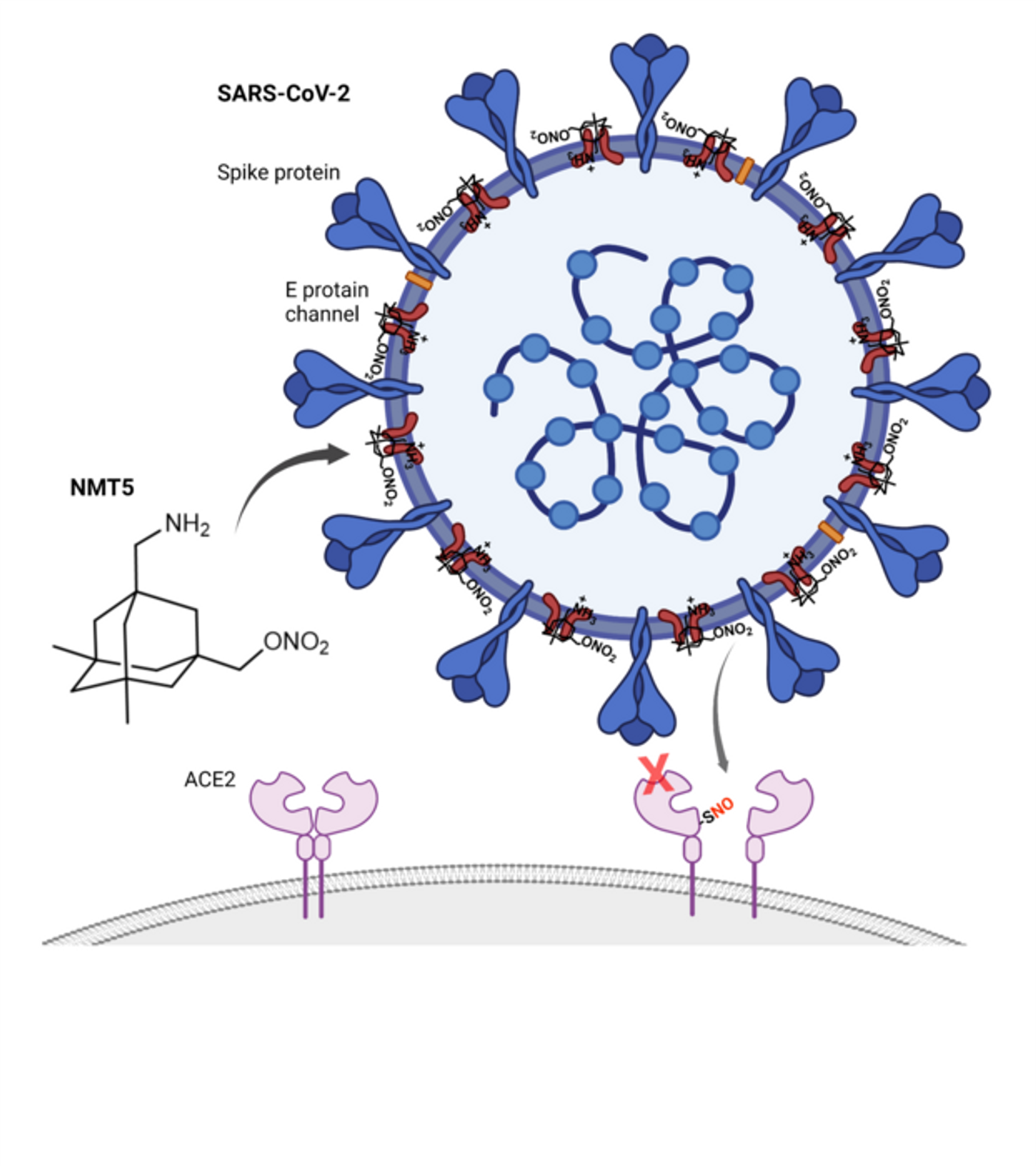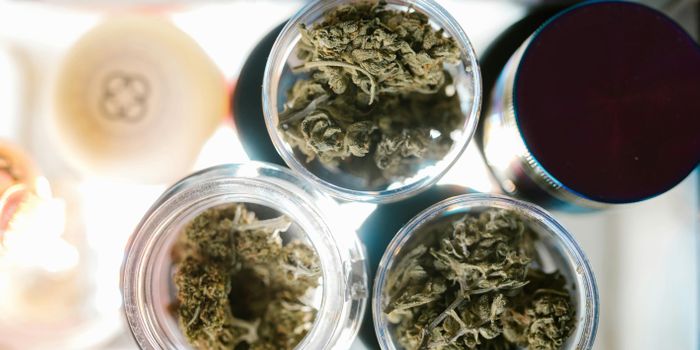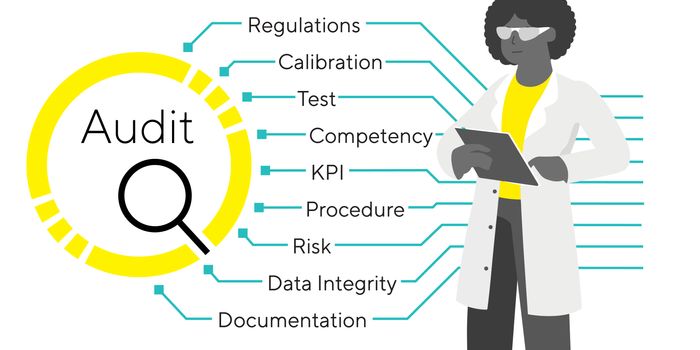A New Kind of Antiviral Against SARS-CoV-2
Scientists are developing a human version of a drug that was highly beneficial to a hamster model of COVID-19. The drug, called NMT5, works by turning the action of the pathogenic virus that causes COVID-19, SARS-CoV-2, on itself. NMT5 can bind tightly to SARS-CoV-2 as the virus is moving through an organism, and this relationship has an impact on the ACE2 receptor, which is used by the virus to infect cells. Normally, the virus would latch onto ACE2, then it would be able to enter cells and cause illness. But in the presence of NMT5, the link between ACE2 and the virus is blocked. The findings have been reported in Nature Chemical Biology.
“What’s so neat about this drug is that we’re actually turning the virus against itself,” said senior study author Stuart Lipton, MD, PhD, a professor at Scripps Research Institute. “We’re arming it with little molecular warheads that end up preventing it from infecting our cells; it’s our revenge on the virus.”
Lipton and colleagues have been researching antiviral drugs for many years. When the pandemic began, they began to look through those antivirals to see if any would be effective against COVID-19. They found NMT5, which could both attach to a pore on the SARS-CoV-2 surface, as well as modify the human ACE2 receptor by linking a chemical to it. The team wanted to see if this drug could turn SARS-CoV-2 into its own worst enemy.
This study showed that in cell in culture and a hamster model, NMT5 can bind to SARS-COV-2 particles. NMT5 can sometimes also add a chemical that is similar to nitroglycerin to other molecules that get close. So as SARS-CoV-2 approaches a cell with an ACE2 receptor to infect the cell, the NMT5 the virus is bound to adds a nitro group to ACE2, which alters the receptor's structure and prevents viral binding and entry. This alteration to ACE2 lasts for about 12 hours.
“What’s really beautiful is that this only knocks down availability of ACE2 locally when the virus is coming at it,” noted Lipton. “It doesn’t knock down all the function of ACE2 elsewhere in the body, allowing for normal function of this protein.”
In cell culture, NMT5 prevented 95 percent of binding between SARS-CoV-2 and the ACE2 receptor. In a hamster model of COVID-19, NMT5 treatment reduced the levels of virus by 100-fold, stopped damage to blood vessels in hamster lungs, and relieved inflammation. This effect was seen with the Omicron, Alpha, Beta, Delta, and other strains of SARS-CoV-2.
This antiviral drug is a bit different from the usual, because instead of blocking a virus directly, the virus acts as a kind of carrier instead. This may reduce the likelihood that resistance to the drug will arise in future viral variants.
“We expect this compound would continue to be effective even as new variants emerge, because it doesn’t rely on attacking parts of the virus that commonly mutate,” said first study author Chang-ki Oh, a senior staff scientist.
Now, the researchers are continuing to evaluate the safety profile of the drug and formulate it for use in people.
Sources: Scripps Research Institute, Nature Chemical Biology










